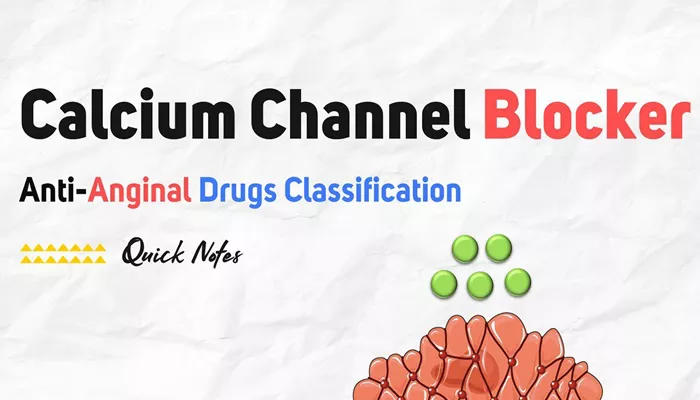Gingival hyperplasia is a condition marked by the excessive growth of gum tissue around the teeth. This overgrowth can cause significant gum inflammation and may lead to more serious gum disease if not treated properly. It can also affect dental aesthetics and oral hygiene.
Why It Matters in Dental Health
This condition can make it hard to clean teeth, increasing the risk of plaque buildup, gum disease, and tooth decay. Identifying the cause is essential to prevent further oral health issues and reduce the need for surgical intervention.
Main Drug Categories That Cause Gingival Hyperplasia
1. Calcium Channel Blockers (CCBs)
Calcium channel blockers are used to treat high blood pressure and heart conditions. However, some drugs in this class are known to cause gingival overgrowth.
Common CCBs associated with gingival hyperplasia:
- Nifedipine
- Amlodipine
- Diltiazem
- Verapamil
The severity of gingival hyperplasia depends on the dosage, duration of use, and individual response. Nifedipine has the highest association among CCBs. Patients on long-term therapy should have regular dental check-ups.
2. Anticonvulsants
Anticonvulsants are used for seizure control and certain neurological conditions. Among them, phenytoin is most commonly linked to gingival hyperplasia.
Drugs in this category:
- Phenytoin
- Phenobarbital
- Valproic Acid
Phenytoin-induced gingival enlargement often begins within a few months of use. It may appear as firm, painless swelling of the gums, especially in the anterior region of the mouth.
3. Immunosuppressants
Immunosuppressive drugs, especially those used in organ transplant recipients, have been associated with abnormal gum tissue growth.
Common immunosuppressants:
- Cyclosporine
- Tacrolimus (less commonly)
Cyclosporine is widely known for causing gingival hyperplasia. The tissue may become fibrotic and inflamed, increasing the risk of severe gum inflammation and infection if oral hygiene is compromised.
How These Drugs Cause Gum Overgrowth
Mechanism of Action
Although different drugs have different primary uses, they affect gingival tissues in somewhat similar ways. They tend to alter fibroblast function in the gum tissue, leading to increased production of collagen and extracellular matrix.
This overproduction results in gum thickening and enlargement. Factors like poor dental hygiene, existing gum disease, and genetics can further intensify the condition.
Impact on Oral Health
Gum overgrowth can hide plaque and calculus, which promotes gum inflammation and allows bacteria to thrive. This worsens existing gum disease and may require periodontal therapy.
Risk Factors and Aggravating Conditions
Oral Hygiene
Poor oral hygiene significantly increases the risk of gingival hyperplasia in patients using these drugs. Inadequate brushing and flossing contribute to plaque accumulation, which irritates the gums and accelerates the condition.
Genetic Susceptibility
Not all patients taking these medications will develop gingival overgrowth. Genetic predisposition may play a role. Some individuals have hyperresponsive fibroblasts that react more aggressively to drug exposure.
Concurrent Gum Disease
Pre-existing gum disease like gingivitis or periodontitis can worsen drug-induced gum overgrowth. The inflamed gum tissues respond poorly to irritation caused by drugs, promoting further enlargement.
Symptoms of Drug-Induced Gingival Hyperplasia
- Swollen gums, especially near the front teeth
- Bleeding during brushing or flossing
- Bad breath or halitosis
- Difficulty chewing or speaking
- Red or inflamed gum tissue
Symptoms may appear within one to three months of starting the drug. The degree of swelling varies based on the drug type, dose, and oral hygiene habits.
Diagnosis and Evaluation
Clinical Examination
Dentists assess the size, texture, and location of gum overgrowth during a clinical exam. Patient history is critical—especially medication use and oral hygiene practices.
Dental Imaging
Dental X-rays may be used to rule out bone loss or assess underlying periodontal conditions. These tools help differentiate drug-induced gingival hyperplasia from other forms of gum disease.
Gingival Index and Biopsy
In rare cases, a biopsy may be performed to rule out malignant changes. Gingival indices may also help determine the severity of gum inflammation and guide treatment.
Treatment Options for Gingival Hyperplasia
Improving Oral Hygiene
Maintaining good oral hygiene is the first line of defense. Brushing twice daily, flossing, and using antimicrobial mouthwash can reduce plaque buildup and gum inflammation.
Professional Dental Cleaning
Scaling and root planing may be necessary to remove calculus and control local inflammation. Regular dental visits are critical to monitor gum health and prevent disease progression.
Drug Substitution
In consultation with a physician, the offending drug may be substituted with a less reactive alternative. For example, switching from cyclosporine to tacrolimus may reduce symptoms.
Surgical Intervention
In severe cases, gingivectomy or flap surgery may be required to remove excess tissue and restore normal gum contours. Postoperative care includes maintaining meticulous oral hygiene and regular follow-up.
Prevention and Patient Education
Preventive Dental Care
Patients on medications known to cause gingival hyperplasia should have routine dental exams and cleanings. Early detection and treatment of gum inflammation can prevent serious complications.
Communication With Healthcare Providers
Patients should inform their dentist about all medications they are taking. Likewise, physicians should consider dental side effects when prescribing long-term treatments.
Oral Hygiene Instruction
Dental professionals should provide personalized oral hygiene instructions to patients at risk. This includes proper brushing techniques, interdental cleaning, and dietary advice to reduce plaque formation.
Conclusion
Gingival hyperplasia is a manageable condition if detected early and addressed appropriately. Certain drugs such as calcium channel blockers, anticonvulsants, and immunosuppressants are commonly associated with this gum overgrowth. With improved oral hygiene, regular dental care, and medical collaboration, the impact of drug-induced gingival hyperplasia on overall oral health can be significantly reduced.
For those on long-term medication, it is essential to stay informed, practice good oral hygiene, and seek dental consultation at the first sign of gum inflammation. Prevention and early management are key to avoiding the need for surgical treatment and preserving healthy gums.

